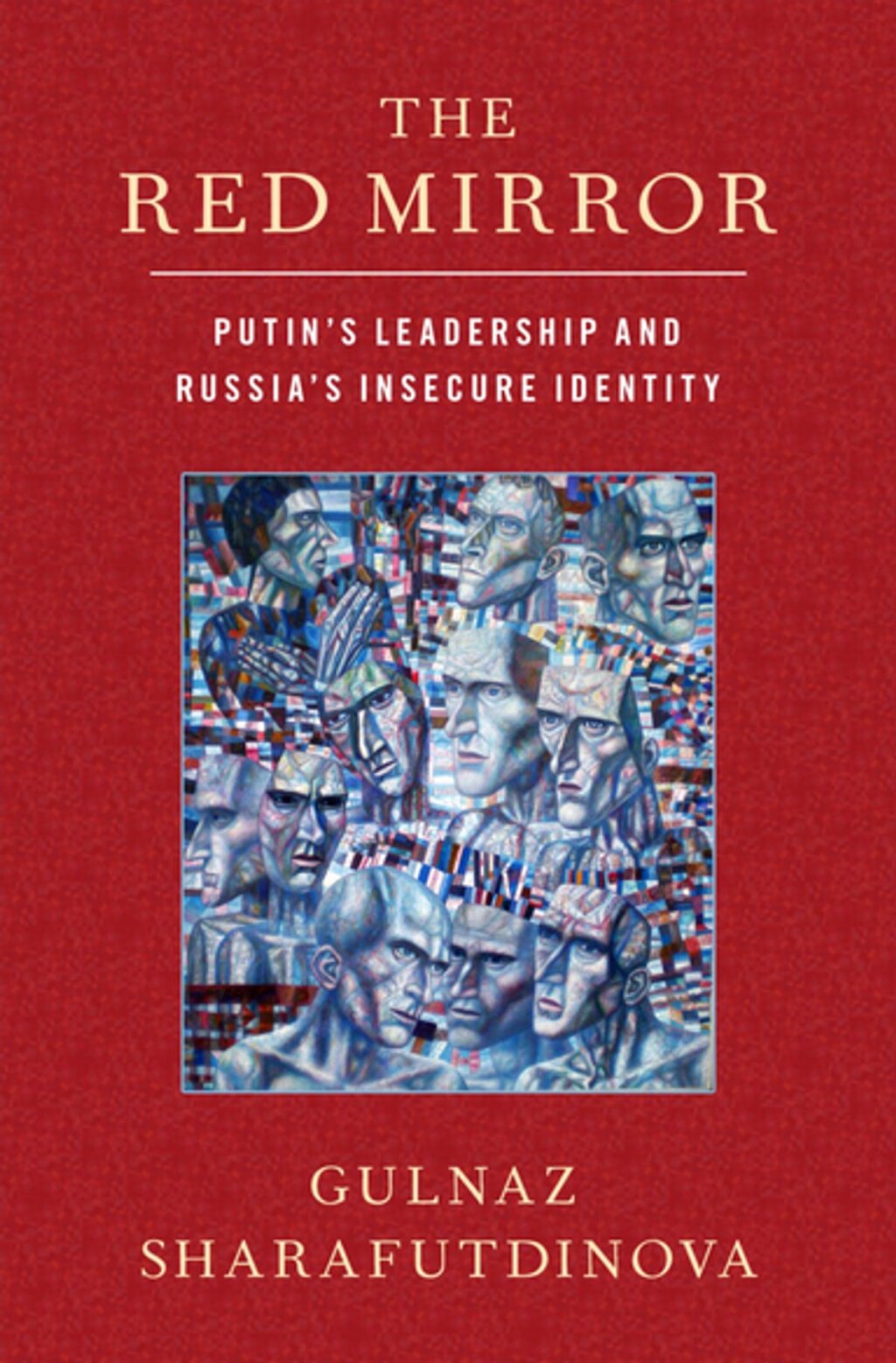The Jordan Center stands with all the people of Ukraine, Russia, and the rest of the world who oppose the Russian invasion of Ukraine. See our statement here.
Patrick Leech is a doctoral student at Baylor University focused on the history of the global Cold War, with an emphasis on Hungary and Eastern Europe. He is currently researching the global resettlement of Hungarians from 1956–1957.
Above: The International Red Cross delivering food aid to Ukraine in August. Source
As millions of Ukrainians fled to neighboring countries following Russia's invasion of Ukraine, the debate about refugees in Europe reignited. Many countries, like Poland and Hungary, opened their doors to Ukrainians, which sparked accusations of racism because these same countries had vocally opposed accepting refugees from Syria and Africa. Similarly, the Biden administration's decision to admit 100,000 Ukrainians into the United States was criticized in light of the US government's failure to aid Afghan refugees following the final withdrawal of troops in August 2021. Whether detractors label these decisions xenophobic, racist, or politically realist, similar critiques have a long and complicated history.
The current discussion around Ukrainian refugees recalls an eerily similar moment: the refugee crisis following the 1956 uprising in Hungary, which the Soviet Union quashed. Over about two months, approximately 200,000 people fled the fighting in Hungary, the majority to a recently neutralized Austria still reeling from Second World War and ensuing occupation. An international response sought to provide temporary care to refugee Hungarians. The International Red Cross, in addition to working to provide relief inside Hungary itself, oversaw the administration of Austrian refugee camps. Lacking basic resources such as food and clothing, the IRC considered tapping NATO stores and distributing uniforms dyed blue to protect Austrian neutrality—ultimately abandoning this plan when they found the uniforms would simply not fit most refugees.
One of the challenges for relief efforts was practitioners' lack of familiarity with refugee relief as distinct from work with displaced persons (DPs). The United Nations High Commissioner for Refugees (UNHCR) absorbed the earlier International Refugee Organization in 1950, in 1951 granting it three years to resolve the ongoing European DP problem before dissolving. When the UNHCR reemerged in 1956 to lead UN refugee efforts, it was doing something different than before: whereas its original mission had been to repatriate displaced Europeans to their home countries, its current work aimed to resettle Hungarians abroad.
The UNHCR and other non-governmental agencies drew on existing networks of veteran relief workers, but for most participants, this was unfamiliar ground. The relief effort was even more urgent because many feared the Soviet Union would use the presence of Hungarians to justify reentry into Austria. Quickly, numerous countries across Europe, the Americas, and even Australia announced a willingness to accept and resettle Hungarian refugees. Yet after a month, most remained in rundown and understaffed camps. In response, Austria requested assistance from the League of Red Cross Societies in running the camps and asked host governments to expeditiously screen, process, and transport refugees.
The challenges refugees faced in Austria, along with increasing public criticism, prompted President Eisenhower to appoint Tracy S. Voorhees as a special assistant to expedite and coordinate the response. Voorhees then spearheaded the formation of a special organization, the President’s Committee for Hungarian Refugee Relief, which organized a response that included the Army, Navy, Air Force, State Department, Justice Department, Public Health, the AFL-CIO, the American Red Cross, along with many Catholic, Jewish, and Protestant relief agencies—and even the Ford Motor Company and IBM. The Committee operated in Austria, Washington, D.C., and Camp Kilmer, New Jersey to expedite the immigration process within the bounds of restrictionist immigration policies, and with the approval of J. Edgar Hoover. After less than a month, the Committee increased rates of acceptance and resettlement from a handful of refugees each day to several hundred. The effort ultimately accepted, transported, processed, and resettled over 32,000 men, women, and children between November 1956 and May 1957.
An obscure facet of this already overlooked event was the decision by Attorney General Herbert Brownell Jr. to broadly interpret his powers under the Immigration and Nationality Act of 1952 to “parole” immigrants into the country. This decision resulted from the restrictive quota system and the recent expiration of the Refugee Relief Act. In doing so, Brownell took two risks. The first was to admit Hungarians without legal status, which meant that, without Congressional action, they would eventually have to return to Hungary. The second risk was that, by pushing for special immigration law, he might jeopardize his renewed efforts at more robust civil rights legislation, since the Senate and House Judiciary Committees, which oversaw both immigration and civil rights legislation, were dominated by segregationist Democrats.
On September 9, 1957, amid the desegregation crisis in Little Rock, Brownell got his Civil Rights Act. It established the Office of Civil Rights within the Justice Department but was otherwise substantially weakened by the presidential ambitions of Lyndon B. Johnson. Yet on the one-year anniversary of the Hungarian uprising, the bill to provide Hungarians with a path to legal status stalled in Congress. President Eisenhower, asked what would happen by a thirteen-year-old "parolee" worried about his family’s status, responded: “I am quite sure that this country will never be so indifferent to [parolees] that it would require them to leave United States territory.” It took Congress another seven months to fulfill that hope—but in 1958, after two years of effort, Hungarian parolees were granted the ability to apply for US residency and, ultimately, citizenship.
A look at the voting records for the civil rights and immigration bills passed during Eisenhower's presidency reveals a remarkable but unsurprising consistency: those who opposed racial integration also opposed the introduction of more foreigners. The 1958 law passed without a recorded vote, meaning the individual votes are lost to history; on the other hand, this anonymous procedure may be the reason why the vote finally passed both chambers.
Immigration and race have a long, messy, intertwined history in the United States. Unfortunately, this history has made passing appropriate legislation even more difficult today. In the past, administrations used crises like Hungary or Little Rock—and the accompanying public outcries—to push for legislative change, a precedent that we can still exploit. Given the powerful ambitions of presidential and senatorial hopefuls, the results will not be perfect. At the same time, we would do well to recall that the Eisenhower Administration passed three immigration bills and two civil rights bills in just the few years between 1957 and 1961.
Yet the Biden administration's invocation of the parole provision for Ukrainian refugees marks a distinctive moment in the history of refugee relief. After 1956, the refugee system was largely set up for international resettlement on the assumption that return home was impossible, a principle that held for refugees from Hungary, Cuba, Vietnam, Cambodia, Syria, and Afghanistan. The current situation with Ukrainian refugees, meanwhile, may turn out to resemble the DP crisis following the Second World War: many of those who fled Ukraine expect to return there to rebuild their lives and their country. Policymakers must therefore create paths for those who seek permanent resettlement, as well as provide support for temporary relocation followed by the reconstruction of Ukraine. Of course, doing so requires us to not become mired in public discourse about xenophobia and racism; instead, we should work to assist individual Ukrainians. This new relief model, and its infrastructure, could hopefully be applied to future crises.



